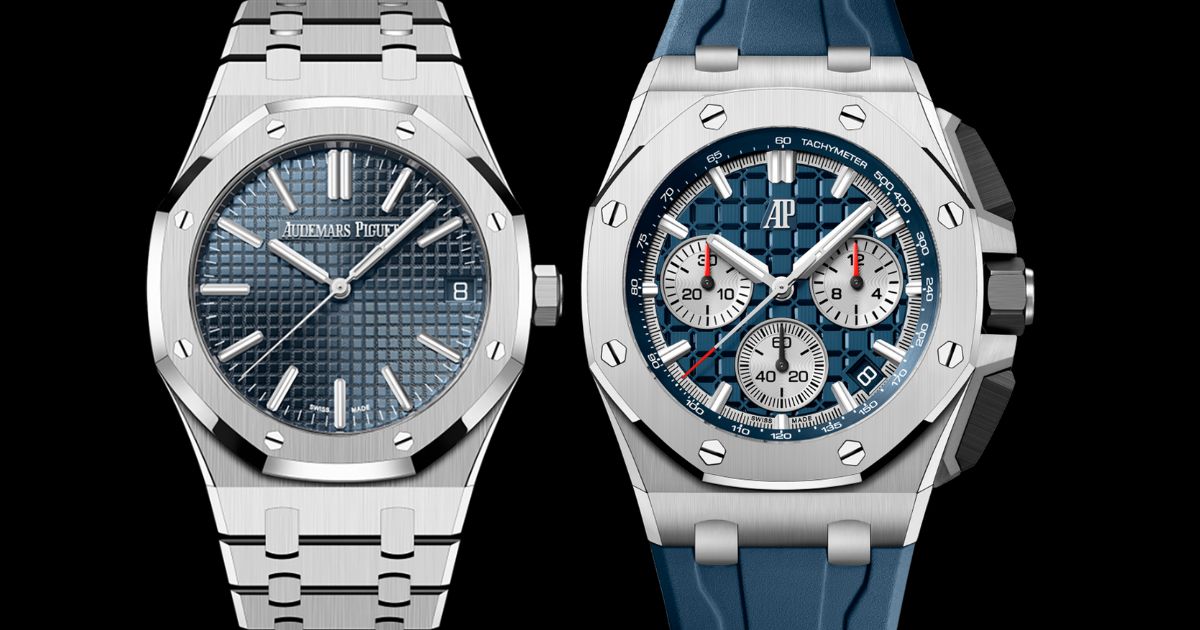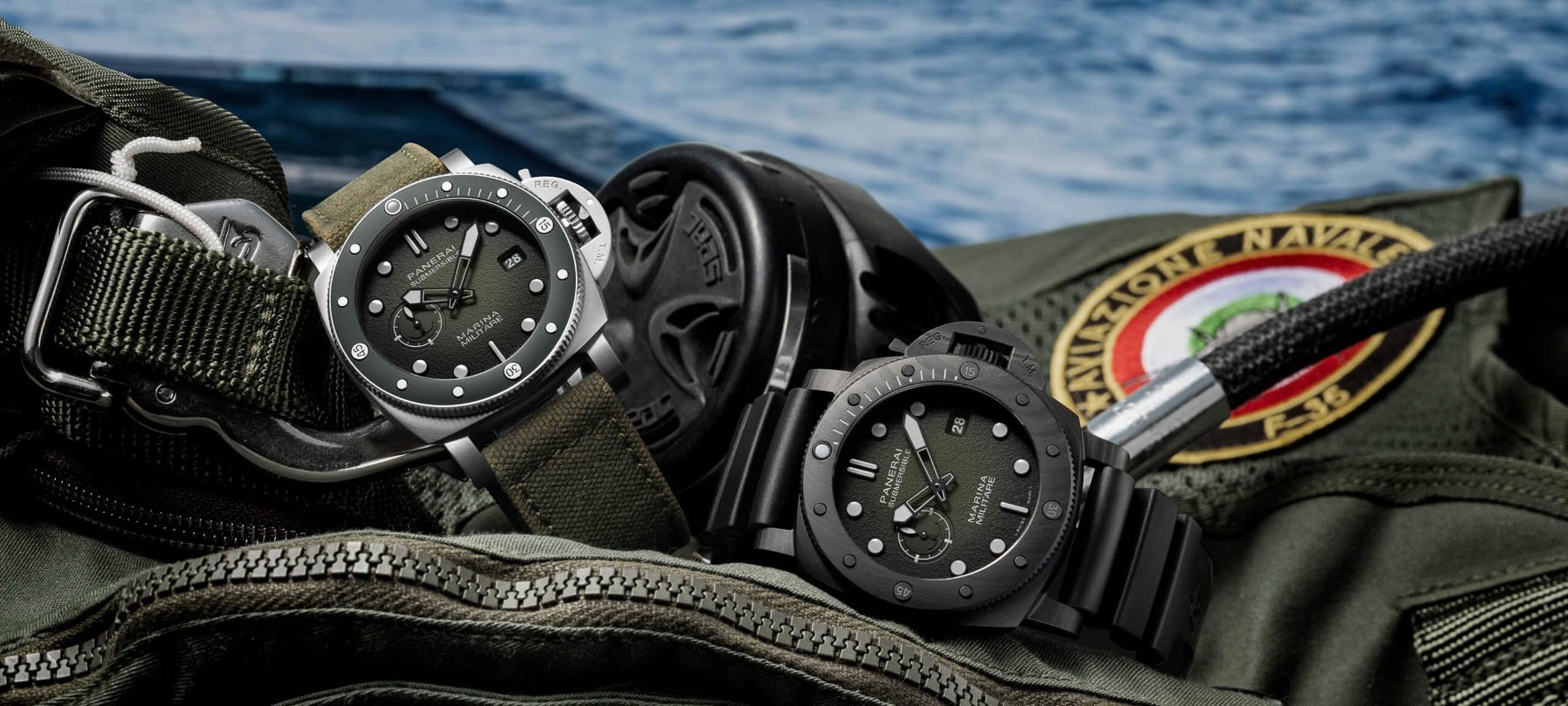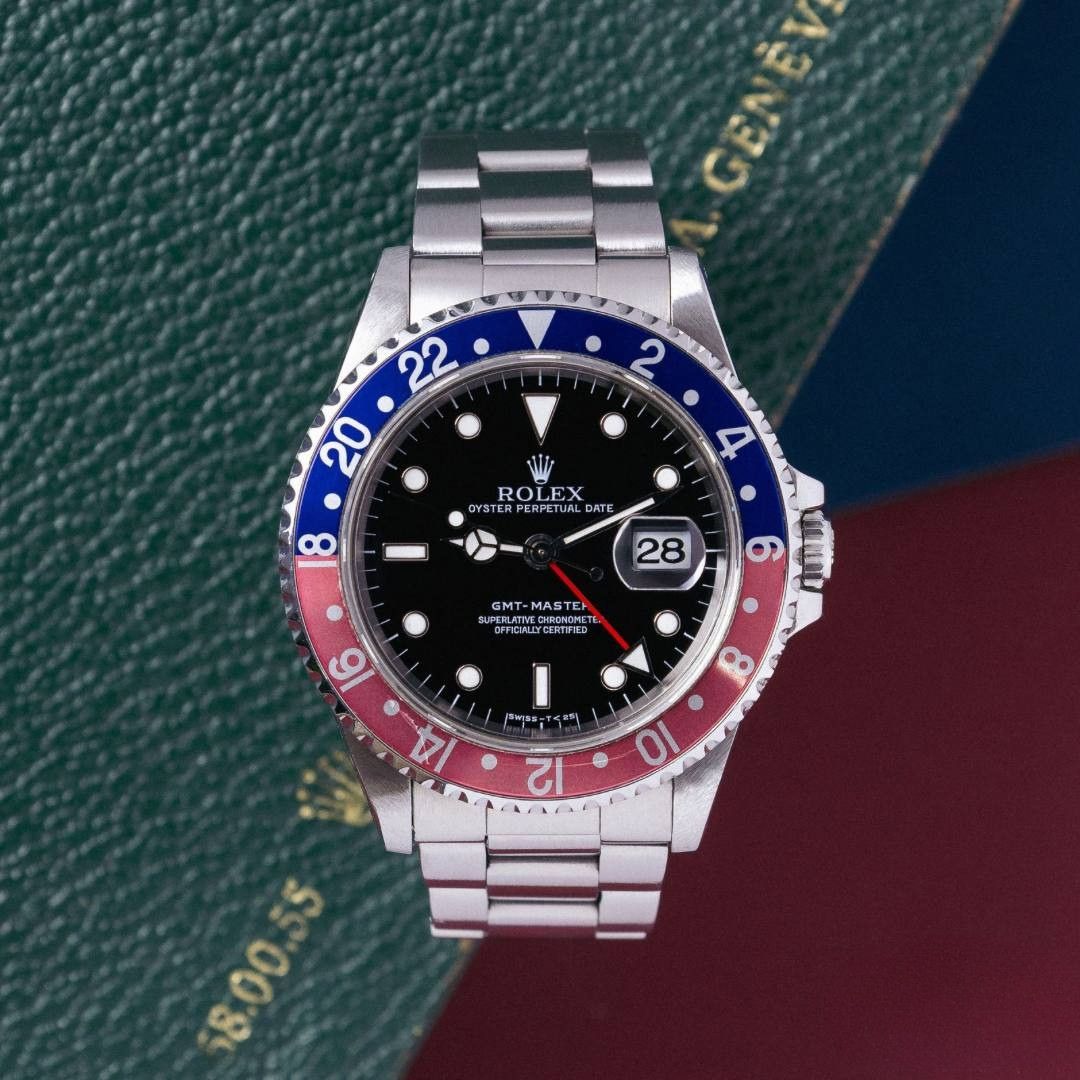If you’re a devotee of haute horology, few names command as much respect and instant recognition as the Audemars Piguet Royal Oak. It’s the titan that defined the luxury sports watch genre. But within this iconic family, a debate perpetually bubbles: the classic Royal Oak versus its brawnier, more assertive sibling, the Royal Oak Offshore.
To the uninitiated, they may look like simple variations in size. But for us, the aficionados, the differences run far deeper. They represent two distinct philosophies, two different eras, and cater to two unique wrist personalities. Choosing between them isn’t about picking a better watch; it’s about understanding which legend speaks to you.
So, let’s dive into the details that set these two icons apart.
The Genesis: Revolution vs. Evolution
First, it’s crucial to understand their historical context, as it defines their very essence.
The Royal Oak (Ref. 5402ST) was a monumental revolution. Designed by the legendary Gérald Genta in 1972, it was audacious. In an era dominated by slim, round, gold dress watches, AP launched a large, angular, stainless steel sports watch with an integrated bracelet and a price that surpassed many gold pieces. Its “Tapisserie” dial, exposed hexagonal screws, and exquisite finishing challenged the very notion of what a luxury watch could be. It was, and remains, a symbol of disruptive elegance.
The Royal Oak Offshore, however, was an evolution—a revolution within the revolution. Launched in 1993 and designed by a young Emmanuel Gueit, the Offshore was created for a new, more assertive generation. Dubbed the “The Beast,” it was bigger, thicker, and more muscular. It took the Royal Oak’s core design codes and amplified them for a world that was embracing larger, more instrument-like tool watches. It was controversial at first but ultimately proved visionary, creating the “luxury mega-sports watch” category.
The Design Language: Refined Elegance vs. Muscular Tool
This is where the differences become most apparent on the wrist.
The Royal Oak (Ref. 41mm, 39mm, 37mm, etc.) is the master of refined proportions. Every line and angle is calculated for harmony. The case is relatively thin, seamlessly integrating with the iconic bracelet. The bezel is secured by eight hexagonal white gold screws, perfectly aligned. The “Petite Tapisserie” dial is a study in meticulous detail. Wearing a classic Royal Oak is an experience in understated luxury. It’s a sports watch that effortlessly slips under a cuff, yet its design is so powerful it commands attention on its own terms. It’s the ultimate “steel sports suit.”
The Royal Oak Offshore (Ref. 42mm, 43mm, 44mm) is all about presence and performance. It’s not just larger in diameter; it’s significantly thicker and more complex. Gueit’s masterstroke was adding a distinct inner bezel ring, often in a contrasting color or material, and framing the pushers and crown with massive, sculpted guards. The case features more pronounced gaskets and a thicker crystal, emphasizing its rugged intent. The dial often features a “Méga Tapisserie” pattern with larger squares and more prominent sub-dials. It’s a watch built for impact, both visual and physical.
The Case & Construction: Integrated vs. Modular
While both share the octagonal bezel and integrated bracelet DNA, their construction philosophies differ.
The classic Royal Oak case is a masterpiece of integrated design. The bracelet flows directly from the case lugs, creating a single, cohesive sculpture. The entire watch is designed as one unit, resulting in a sleek, uninterrupted profile.
The Royal Oak Offshore often employs a more modular approach. The famous case guards that protect the crown and chronograph pushers are typically bolted onto the main case body. This design enhances the watch’s technical, industrial aesthetic and makes it appear even more robust. It’s built like a piece of high-performance machinery.
The Movement & Complication Focus
Traditionally, the three-hand Royal Oak with date was the entry point into the family, with complex grand complications like perpetual calendars and ultra-thin movements reserved for the Jumbo and other classic references. The focus was on elegance and haute horology finishing.
The Royal Oak Offshore, born as a chronograph, has always had complications in its blood. While it now also exists in time-only versions, its identity is deeply tied to high-performance chronographs, tourbillons, and minute repeaters. Its larger case provides a perfect canvas for Audemars Piguet’s technical prowess, often featuring openworked dials and bold, legible displays that match its extroverted personality.
The “Vibe” & Wrist Presence
Ultimately, the choice boils down to personality and occasion.
Wearing a Royal Oak is a statement of sophisticated taste. It’s for the individual who appreciates history, nuance, and timeless design. It’s a watch that connects you to 50 years of horological legend. It’s versatile, confident, and eternally chic.
Wearing a Royal Oak Offshore is a statement of dynamic energy. It’s for the individual who lives with intensity and isn’t afraid to be seen. It’s modern, powerful, and unapologetic. It’s a watch for action, for making an impact, and for embracing the cutting edge of watchmaking.
The Verdict: Which is for You?
There is no winner in this comparison. There is only choice.
-
Choose the Royal Oak if you seek the original icon. You value proportion, history, and a watch that moves seamlessly from a weekend adventure to a formal boardroom. It is horological royalty.
-
Choose the Royal Oak Offshore if you want a modern legend. You crave presence, technical boldness, and a watch that matches a more active, assertive lifestyle. It is the king of the jungle.
The beautiful truth is that the Royal Oak family is stronger for having both. They are two sides of the same audacious coin, proving that true iconography isn’t about standing still—it’s about evolving while never forgetting the revolutionary DNA that started it all.
Which one resonates with your personality? Let us know in the comments.








